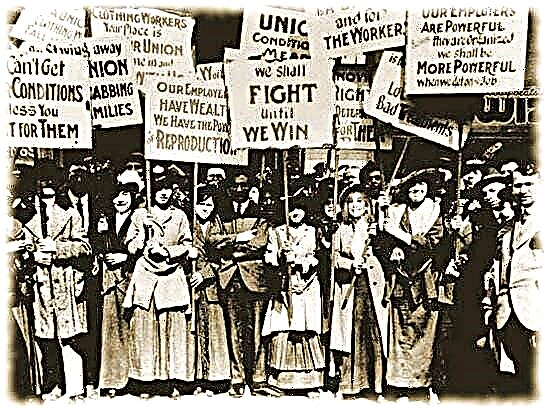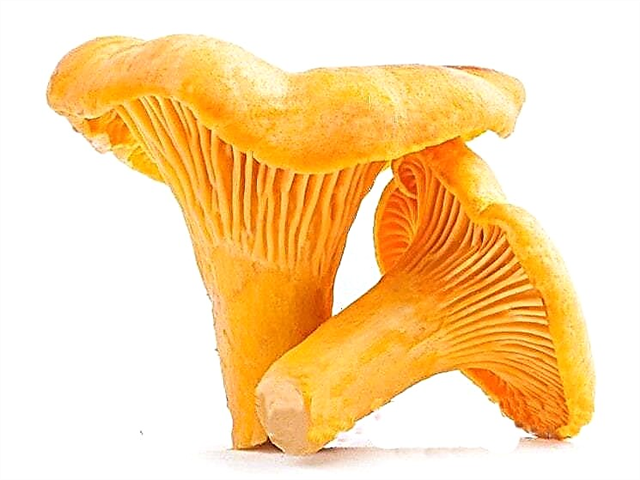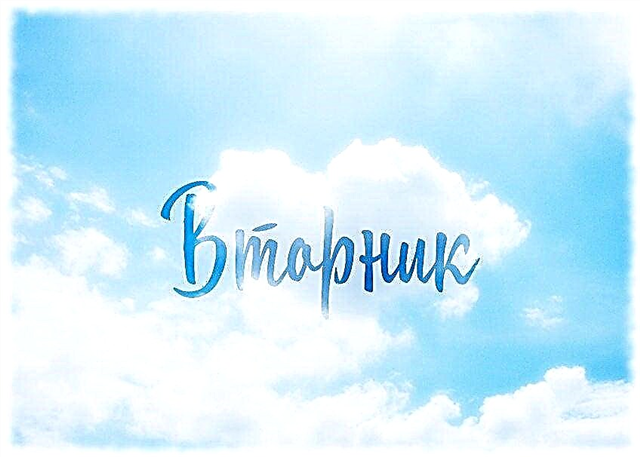
International Women's Day is a bright spring holiday that is celebrated annually on March 8 in many countries, including Russia, Belarus, Ukraine, Georgia, Azerbaijan, Cambodia, Cuba, China, Laos, etc. Men every year on March 8 congratulate all women - wives, mothers, daughters, grandmothers, sisters, girlfriends, colleagues - trying to fill their day with pleasant emotions, high spirits and vivid impressions. In some countries, the significance of International Women's Day is equated with Mother's Day, dedicated to all mothers.
The date of women's day is extremely suitable for this holiday: at the beginning of spring, nature awakens after a winter sleep and the first flowers adorn the earth. But the origin of the date of the holiday is associated with its centuries-old history.
The history of the holiday

All Women's Day has been celebrated for more than a century. The first celebration on this occasion was held on February 28, 1909 in New York and was called "National Women's Day." This event was organized by the American Socialist Party in honor of the rally on the same day in 1908 on the New York streets of 15 thousand women who demanded better working conditions and women's suffrage (i.e., to vote on the same conditions as men).
In 1910, at the Copenhagen International Women's Conference, representatives of socialist forces proposed the founding of International Women's Day, dedicated to women's solidarity in the struggle for their rights. This initiative was unanimously supported by more than a hundred women from 17 states.
International Women's Day was first held on March 19, 1911 in Europe - Denmark, Germany, Austria-Hungary, Switzerland - where more than a million people participated in the demonstrations. In 1913, the date of the holiday was moved to March 8, which has survived to this day.
Interesting fact: Women chose to celebrate Women's Day on March 19, since in 1848 the ruler of Prussia promised to introduce women's suffrage on that day. This reform never took place.
In 1975, the United Nations focused on the global issues of women, calling on states to celebrate the International Women's Year. And in 1977, the UN assigned the name March 8, "International Day for the Rights of Women and International Peace," as a result of which the holiday received international status.
Women's Day in Russia
In Russia, International Women's Day became the resistance mechanism of the First World War in 1913-1914. This holiday was first held on the last Sunday of the winter of 1913 in the context of the social movement for peace. The following year, women from European countries gathered on the streets, protesting against the military situation and solidarity with other activists.
On the last February Sunday of 1917, which fell on February 23rd (or March 8th according to the new style), women began a mass demonstration in the capital of the Russian Empire Petrograd (St. Petersburg). They went on strike for "bread and peace" as a reaction against war. A few days later, Tsar Nicholas II left the throne. As a result, the female representatives received the right to vote, the holiday they had established was officially adopted in the Soviet Union, and since 1966 March 8 was a day off.International Women's Day is common for the cultures of the countries that were part of the USSR. Russia inherited the tradition of celebrating the feast of women from the era of the Soviet Union.
Over time, the holiday lost its original socio-political significance, becoming the day of veneration of the beautiful half of humanity. Instead of street demonstrations, people prefer to spend March 8 at home, with their family, or attend concerts, theatrical performances dedicated to Women's Day.

Interesting fact: Flowers are the main symbol of the holiday of all women, because these plants embody the tenderness, fragility, beauty of the representatives of the beautiful half of humanity. The symbol of International Women's Day, which was chosen in March 1946 by the Italian politician Teresa Matthew, is mimosa. Snowdrops, tulips, daffodils, roses are also popular on this holiday.
Thus, International Women's Day appeared as a result of women's labor movements in the early twentieth century in North America and spread throughout Europe, Russia as a mechanism of protest against the war in the social movement for peace.
This day was originally a socio-political holiday, which symbolized the struggle of women for their rights, equality with men, democracy and peace. Over time, the holiday has lost its political significance, March 8 has become a world day for women, when men congratulate beautiful ladies.












